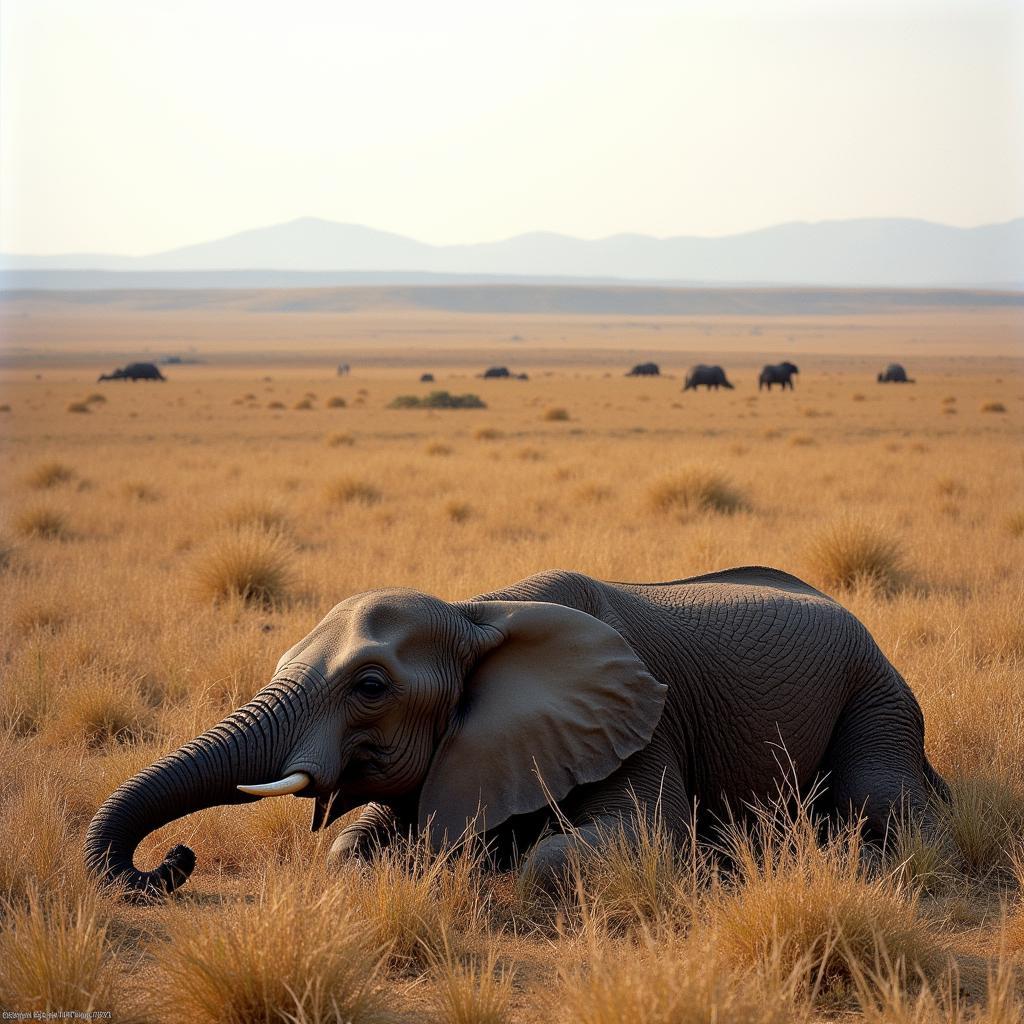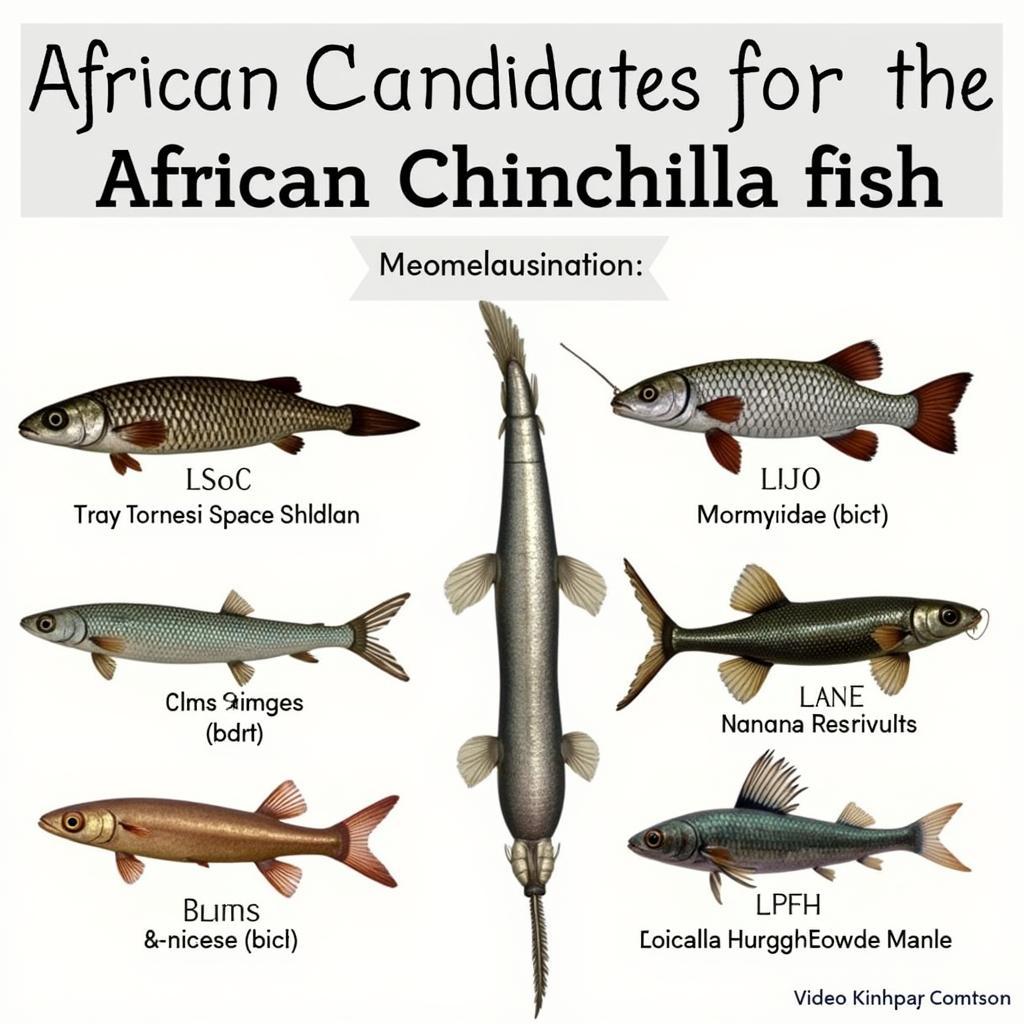African Elephant Population 2000: A Look Back at a Critical Time
The African elephant population in 2000 represented a pivotal moment in the fight for the species’ survival. While exact numbers fluctuate, it was clear that decades of rampant poaching for ivory and habitat loss had taken a devastating toll. This period served as a wake-up call, sparking intensified conservation efforts across the continent to protect these magnificent creatures from further decline.
Understanding the Challenges Facing African Elephants at the Turn of the Millennium
The year 2000 saw African elephants facing a multitude of threats. Poaching, driven by the illegal ivory trade, had decimated populations in many areas. The allure of quick profits fueled a brutal industry that left countless elephants dead for their tusks.
 African Elephant Poaching in 2000
African Elephant Poaching in 2000
Beyond poaching, habitat loss emerged as a significant challenge. As human populations grew and development expanded, elephant ranges shrank, leading to increased human-elephant conflict. This often resulted in elephants being killed in retaliation for crop raiding or property damage, further impacting their already fragile populations.
A Glimmer of Hope: Conservation Efforts Intensify
Despite the dire situation, the plight of African elephants was not ignored. The year 2000 saw a surge in conservation efforts aimed at reversing their decline. International organizations, governments, and local communities rallied to protect remaining populations and combat the illegal wildlife trade.
 Anti-Poaching Patrol in Africa, 2000
Anti-Poaching Patrol in Africa, 2000
Anti-poaching patrols were strengthened, and stricter laws and penalties were put in place to deter poachers. Conservation organizations worked tirelessly to raise awareness about the ivory trade and its impact on elephants, urging consumers to reject ivory products.
Looking Forward: The Legacy of 2000 and the Ongoing Struggle
The challenges facing African elephants persist. While populations have stabilized in some regions, they remain critically endangered in others. Habitat loss and human-wildlife conflict continue to pose significant threats, requiring innovative solutions and ongoing commitment to conservation.
The African elephant population in 2000 serves as a reminder of the fragility of these majestic animals and the importance of continued conservation efforts. It is a legacy that demands our attention and action to ensure that future generations can witness the awe-inspiring presence of elephants in the wild.
Conclusion
The state of the African elephant population in 2000 marked a critical juncture in their history. While challenges remain, the intensified conservation efforts sparked during that time offer hope for their future. By learning from the past and remaining vigilant in our efforts, we can help ensure that African elephants continue to roam the continent for generations to come.
Need assistance in understanding the plight of African elephants or want to get involved in conservation efforts? Contact us at +255768904061, [email protected], or visit us in Mbarali DC Mawindi, Kangaga, Tanzania. Our team is available 24/7 to answer your questions and guide you.




